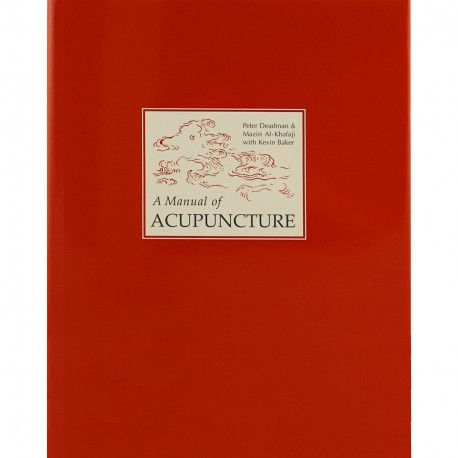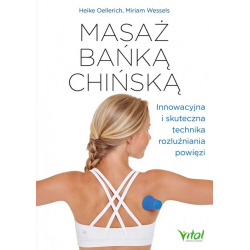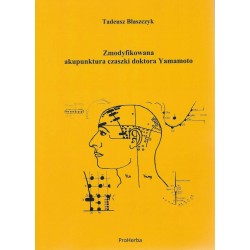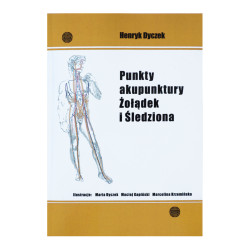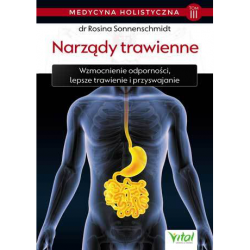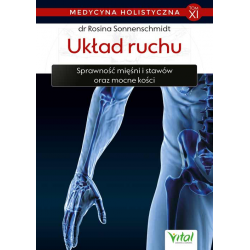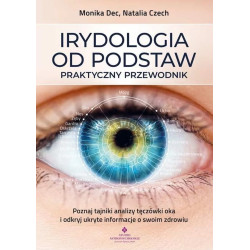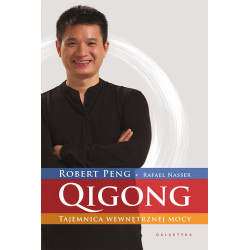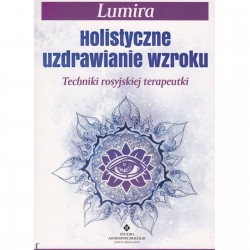- Obecnie brak na stanie
A Manual of Acupuncture - książka
Autor: Peter Deadman, Mazin Al-Khafaji & Kevin Baker
Wydawnictwo: Journal of Chinese Medicine
Rok wydania: 2016
Liczba stron: 675
Oprawa: Twarda
OPIS KSIĄŻKI
Established as the most complete work on the channels, collaterals and points in English, A Manual of Acupuncture has become the gold standard text for students and practitioners of acupuncture.
Introductory chapters on the channels and collaterals, point categories, point selection methods, pont location and needling.
Illustrations and text descriptions of all primary, extraordinary, divergent, luo-connecting and sinew channels.
The points of the fourteen channels and the extra points with their English name and Chinese character.
The most exacting and accurate anatomical point locations yet published in any English text wit practical point location notes to assist easy location.
Neraly 500 illustrations, with single dedicated illustration for every point.
Point actions to aid the understending and memorisation of each point's principal qualities.
Extensive lists of point indications taken from numerous classical and modern source texts and grouped for easy reference.
Substantial commentaries explaining in detail the principal historical and modern applications of the point, and drawing on classical and modern texts and the extensive clinical experience of the authors.
Numerous classical prescriptions showing how the points have been used and combined through nearly two millenia of practice.
Area illustrations showing the locations of the major points in each region of the body.
Extensive indexes including an index of every point indication.
Spis treści
- Chapter Contents
- Acknowledgements
- Introduction
- The channels and collaterals
The function of the channels
The twelve primary channels
The twelve divergent channels
The eight extraordinary vessels
- the Penetrating vessel
- the Grindling vessel
- the Yang Motility vessel
- the Yin Motility vessel
- the Yang Linking vessel
- the Yin Linking vessel
The Luo-connecting channels
The twelve sinew channels
The minute collaterals
The twelve cutaneous regions - Point categories
The five shu points
- the jing-well points
- the ying-spring points
- the shu-stream points
- the jing-river points
- the he-sea points
The five phase points
The xi-cleft points
The yuan-source points
The luo-connecting points
The back-shu points
The front-mu points
The hui-meeting points
The confluent points of the eight extraordinary channels
Ma Dan-yang's heavenly star points
The four and six command points
The points of the four seas
The points of the window of heaven
The thirteen ghost points of Sun Si-miao
The nine needles for returning the yang
Chart of the meeting points of more that one channel - Point selection methods
Selecting local points
Selecting adjcent points
Selecting distal points
Selecting proximal points
Selecting points from below to treat above
Selecting points from above to treat below
Selecting points from the front to treat the back
Selecting points from the centre to treat the extremities
Selecting points from one channel to treat its interiorly-exteriorly related channel
Selecting points from one pair of the six channels to treat disease of the other
Selecting points according to channel connections
Cross needling
Selecting empirical points
The chain and lock point association method
Alternating points
Point combinations - Point location and needling
Cun measurements
Needling
- depth of needling
- avoidance of pneumothroax
- needling the abdomen
- needling close to major organs
- illustration of the location of major organs
- needling close to major blood vessels
- needling close to major nerves
Surface anatomy
- how to locate and count the ribs
- how to locate C7
- how to locate L3 and L5
- how to locate the sacral foramina
- how to locate the sternocostal angle
- palmaris longus - The Lung channel
- The Large Intestine channel
- The Stomach channel
- The Spleen channel
- The Heart channel
- The Small Intestine channel
- The Bladder channel
- The Kidney channel
- The Pericardium channel
- The Sanjiao channel
- The Gall Bladder channel
- The Liver channel
- The Conception vessel
- The Governing vessel
- The Extraordinary points
- Body area illustrations
- major points of the eye region
- major points of the face
- major points of the side of the head
- major points of the top of the head
- major points of the back of the head
- major points of the neck region
- major points of the shoulder region
- major points of the upper arm
- major points of the lateral forearm
- major points of the medial forearm
- major points of the hand (dorsum)
- major points of the hand (palm)
- major points of the chest
- major points of the upper abdomen
- major points of the lower abdomen
- major points of the upper back
- major points of the lower back
- major points of the back (Governing vessel and Bladder channel)
- major points of the anterior thigh
- major points of the anterior lower leg
- major points of the lateral lower leg
- major points of the medial lower leg
- major points of the lateral foot
- major points of the medial foot
- major points of the top of the foot - Areas reached by the channels
- Appendices
Chinese dynasties
Bibliography
Glossary of terminology - Indexes
Point names index
Point indications index
General index
Point number index - About the authors
OPIS W JĘZYKU POLSKIM
„Podręcznik akupunktury” to książka uznana za najbardziej kompletne dzieło dotyczące działania kanałów i punktów wydane w języku angielskim, dzięki czemu stała się złotym standardem dla studentów i praktyków akupunktury.
Rozdziały wstępne dotyczą kanałów, kategorii punktów, metod selekcji punktów, ich lokalizowania i nakłuwania.
Ilustracje i teksty opisują wszystkie podstawowe, cudowne, rozbieżne, łączne i żylne kanały.
Punkty czternastu kanałów i dodatkowe punkty z ich angielskimi nazwami i chińskimi znakami.
Najbardziej precyzyjna i dokładna anatomiczna lokalizacja punktów dotychczas opublikowana w dowolnym dziele w języku angielskim, z praktycznymi wskazówkami dotyczącymi łatwej lokalizacji punktów.
Prawie 500 ilustracji, z osobnymi ilustracjami dla każdego punktu.
Działanie punktów ułatwiające zrozumienie i zapamiętanie funkcji poszczególnych punktów.
Obszerna lista wskazań dla poszczególnych punktów zaczerpnięta z licznych klasycznych i współczesnych tekstów i pogrupowana dla łatwiejszego szukania.
Istotne komentarze wyjaśniające szczegółowo najważniejsze historyczne i współczesne zastosowania punktów, oparte na klasycznych i współczesnych tekstach oraz obszernym doświadczeniu klinicznym autorów książki.
Liczne klasyczne wskazania pokazujące jak dany punkt był wykorzystywany i w jakich kombinacjach, przez prawie dwa tysiące lat praktyki.
Ilustracje obszarów pokazujące umiejscowienie najważniejszych punków we wszystkich rejonach ciała.
Obszerne indeksy zawierające wykaz wszystkich wskazań dla poszczególnych punktów.
Opis
- Tematyka
- Akupunktura
Medycyna chińska - Język
- Angielski
16 innych produktów w tej samej kategorii:
































